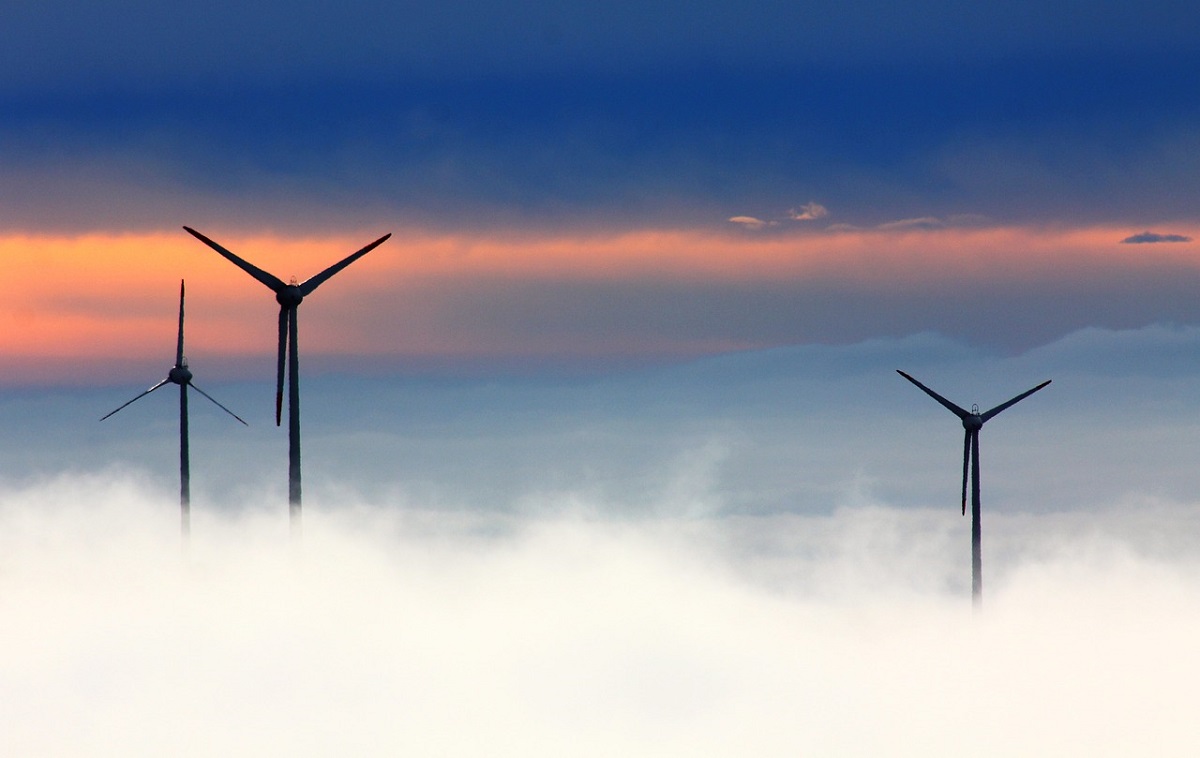Denmark’s Orsted and Copenhagen Infrastructure Partners (CIP) have announced a collaboration to develop 5.2 gigatonnes (GW) of offshore wind power plants in Denmark. That’s more than doubling the country’s current installed capacity of wind-produced energy.
Four projects will develop through the so-called open-door procedure. It means developers take the initiative to build an offshore wind farm without the need for a government tender.
The companies hope that the investments can be built before and in parallel with the projects in the government tenders. They also hope that the windmills will be feasible by 2027 or 2028.
It is still unclear whether the partnership will be able to build the projects because they will need to obtain approval from authorities. Denmark currently has 2.3 gigatonnes of offshore wind installed.
About the wind power companies
Former Orsted executives founded CIP in 2012. Since then the company has grown to become a major renewable energy developer and fund manager. For now, Danish company Orsted is the world’s largest offshore windmill developer.
The 50/50 partnership is subject to merger approval. It is expected to enter into force before the end of this year.
Denmark was a leader in introducing commercial wind power in the 1970s. Today, Danish manufacturers such as Vestas along with many component suppliers produce a significant share of the world’s wind turbines. Vestas is another Danish company on top of the wind power business. They are the world’s largest wind-turbine manufacturer.
Denmark – a pioneer in wind plants
In Denmark’s power industry, wind power produced 47% of total electricity consumption in 2019, up from 43.4% in 2017, 39% in 2014, and 33% in 2013. The Danish government created a strategy in 2012 to boost wind energy’s share of power generation to 50% by 2020 and 84% by 2035.
According to the World Economic Forum, Denmark had the fourth-best energy architecture performance in the world in 2017 and the second-best energy security in the world in 2019.

